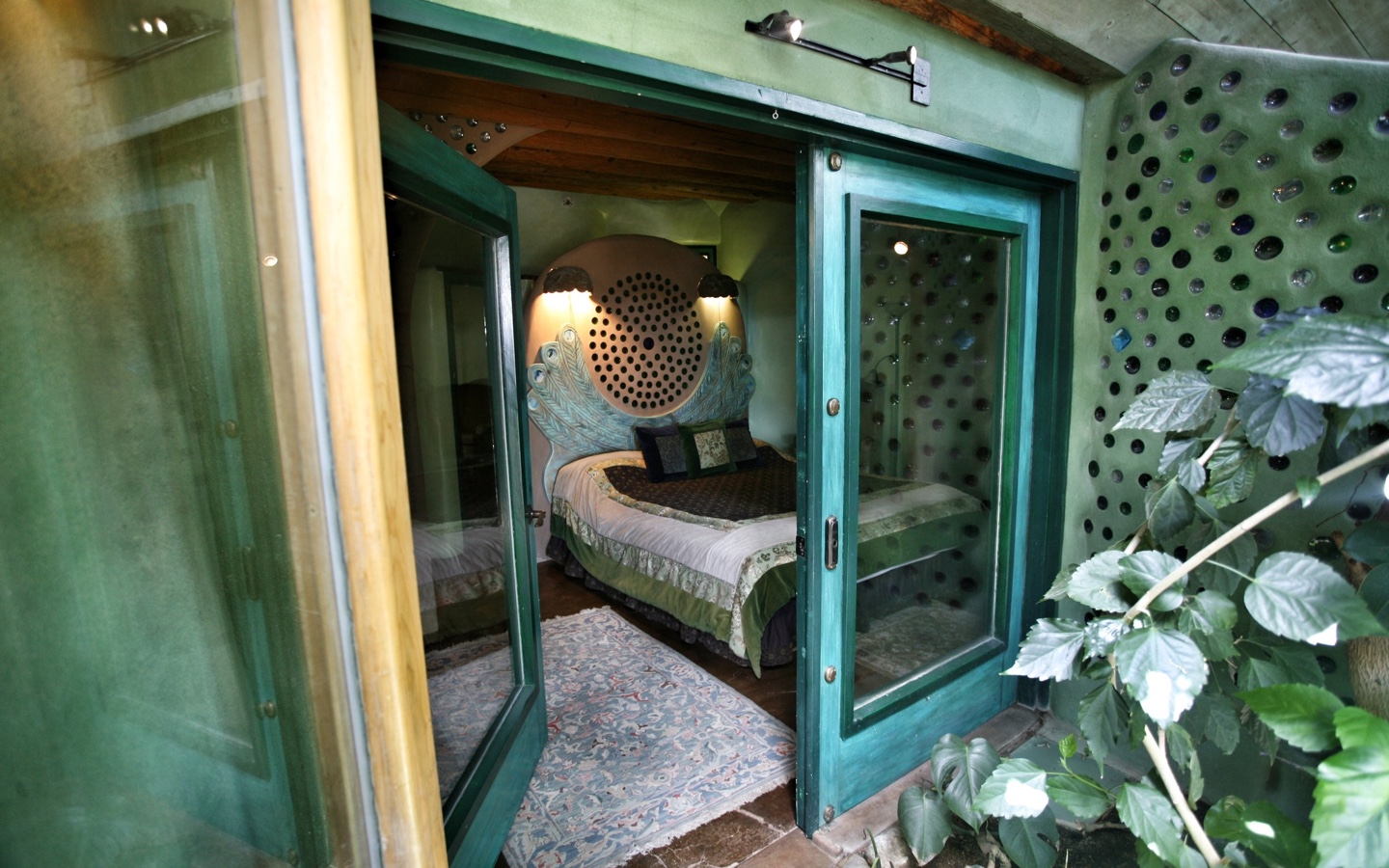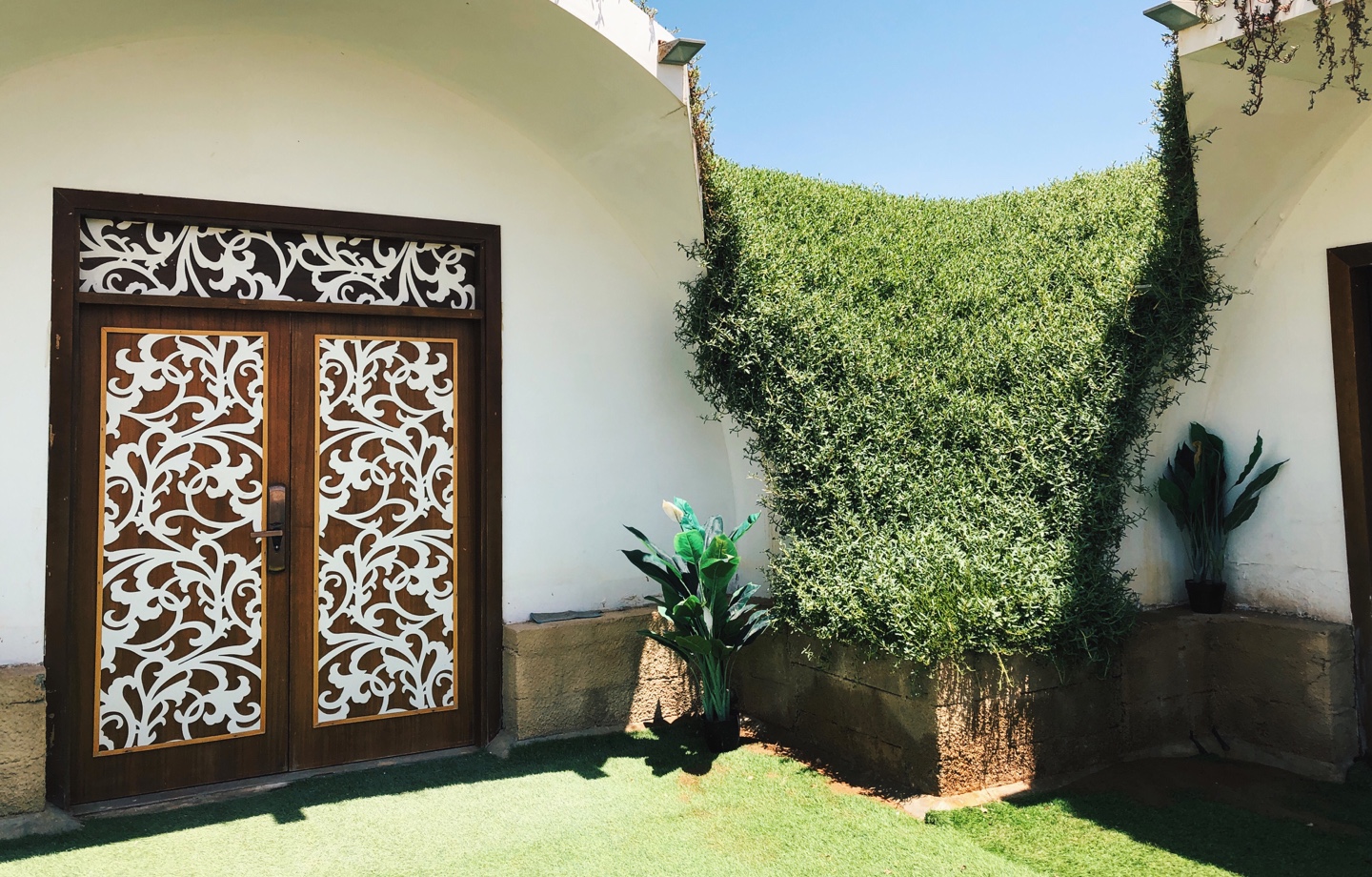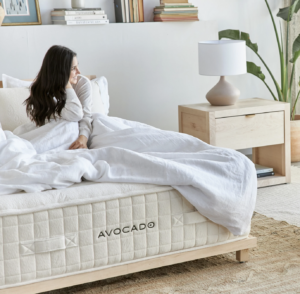Conventional homes are wasting energy and taking up tons of space. Semi-underground houses are bright, energy-efficient, and beautiful. Are hobbit homes in our future?
Your typical house comes with a rectangular footprint, four walls that sit aboveground, and a heat bill that in the winter months competes steadily with your grocery budget. This is what that homeownership typically looks like. But does it have to?
Semi-underground houses have gained momentum over the last decade as technology makes them more accessible for mainstream homebuilders and climate change makes it clear that we need more efficient home designs. With smart-energy designs and an aesthetic appeal, these could be the eco-friendly homes of the future.
Aboveground Homes Aren’t Good At Temperature Control
The conventional home was not built for adequate temperature control. Slap enough double paned windows on it and insulation in the walls, and you might have a better and more sustainable home, but at the end of the day, inherent in their design is one basic flaw: You are continuously battling the elements to keep the temperature inside stable.
Four walls worth of exposure to the outside world mean you’re losing temperature transmission at a rate your insulation often struggles to keep up with, and that’s why we dump so much money (and energy) into heating and cooling our homes.
With nothing but walls and insulation between us and the outside world, heating and cooling a conventional home is a battle.
On average, over half of a household’s annual energy comes from heating and air conditioning. Poorly insulated attics, holes in the exterior walls of houses, and leaky ducts are a few ways we waste energy. Walls, windows, and doors are responsible for over half of heat loss in homes.

Photo courtesy of Earthship Biotecture
Semi-Underground Homes Aren’t Caves
The thing is, semi-underground home designs are really great at solving these problems. That’s because they use thermal mass to absorb and store heat energy, making these earth-sheltered homes less vulnerable to the temperature fluctuations caused by extreme outdoor temperatures. In the summer, thermal mass absorbs heat during the day to keep the house cool, while in the winter that same thermal mass stores heat from the sun or from heaters to help the house stay warm.
But aren’t they dark? Dank? Gross and depressing and…cave-like? It turns out, semi-underground houses are well-ventilated, with tons of natural light. Architects design these homes with large windows on their south-facing side to harness as much natural light as possible. Some semi-underground homes are designed with atriums built into the center, allowing both light and fresh air to funnel in.
Cleaner, Greener Homes With Better Air
We talk a lot about indoor air pollutants here at Avocado, and with good reason. Several studies have linked myriad imbalances and autoimmune diseases with synthetic substances that we literally surround ourselves within our homes.
When a semi-underground house is designed with proper ventilation, the air quality is often better than it is in traditional builds. Opting out of foam insulation and plywood when building underground removes the threat of indoor pollutants wreaking havoc on the air supply.

Photo courtesy of Earthship Biotecture
Hello Green Roofs and Hillside Properties
Traditional homes take up tons of space and require a flat parcel to build on, which isn’t ideal in places where property is hard to come by.
Semi-underground homes can be built into hillsides, making use of land that may otherwise not be suitable for your typical above the ground home. You’re not just getting a home here, you’re getting a way of building that makes better use of the land that’s available.
But the biggest upside? Green roofs. Semi-underground homes make double use of the surrounding earth as a thermal insulator and as liveable green space for nature. Livable roofs give you a place to garden and space for critters to roam.
How to Start Planning Your Semi-Underground Home
If you’re interested in semi-underground homes, there are a few options you can explore.
The DIY sector is rife with education on the subject, with books like Mike Oehler’s $50 and Up Underground House Book. Oehler teaches you how to build low cost underground homes using his post/shoring/polyethylene building method, which cuts building materials to a minimum and literally allows you to build your own freaking home.
One really cool and upcycle-friendly semi-underground home concept is an Earthship. Earthships have several semi-underground passive solar designs and use renewable resources, like aluminum cans or used tires, for the construction. Wind turbines, solar panels, and biodiesel generators are used to generate energy for the heating and cooling of these buildings. Earthships are generally either covered in dirt or built into hillsides to promote the generation of passive energy.
If you’re looking for a conventional home construction loan though, you’ll want to work with what licensed builders are currently doing. Passivhaus is a design concept rooted in passive solar building, often incorporating semi-underground designs. Look for Passivhaus certified builders in your area to get started.
Truth talk: Do you think you could live in a semi-underground home? Tell us your thoughts on Facebook and Instagram and tag us in the post! @AvocadoMatress

Shop Pillows
The Essential Organic Pillow Collection
Gentle, breathable, non-toxic support.






